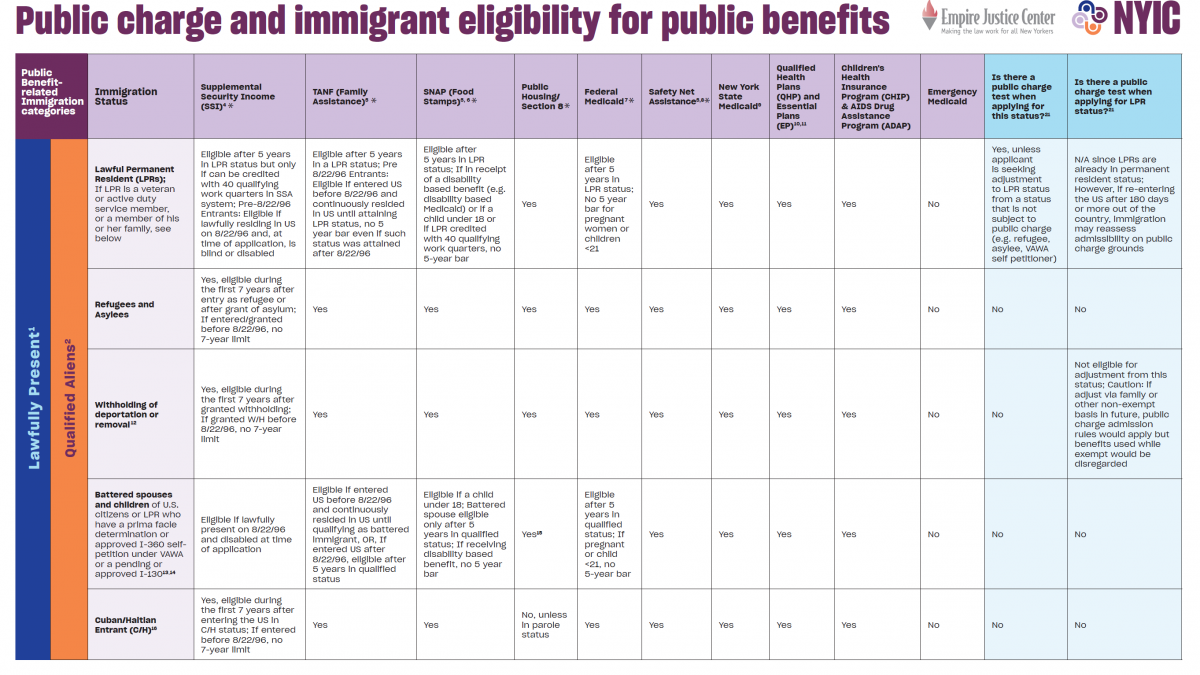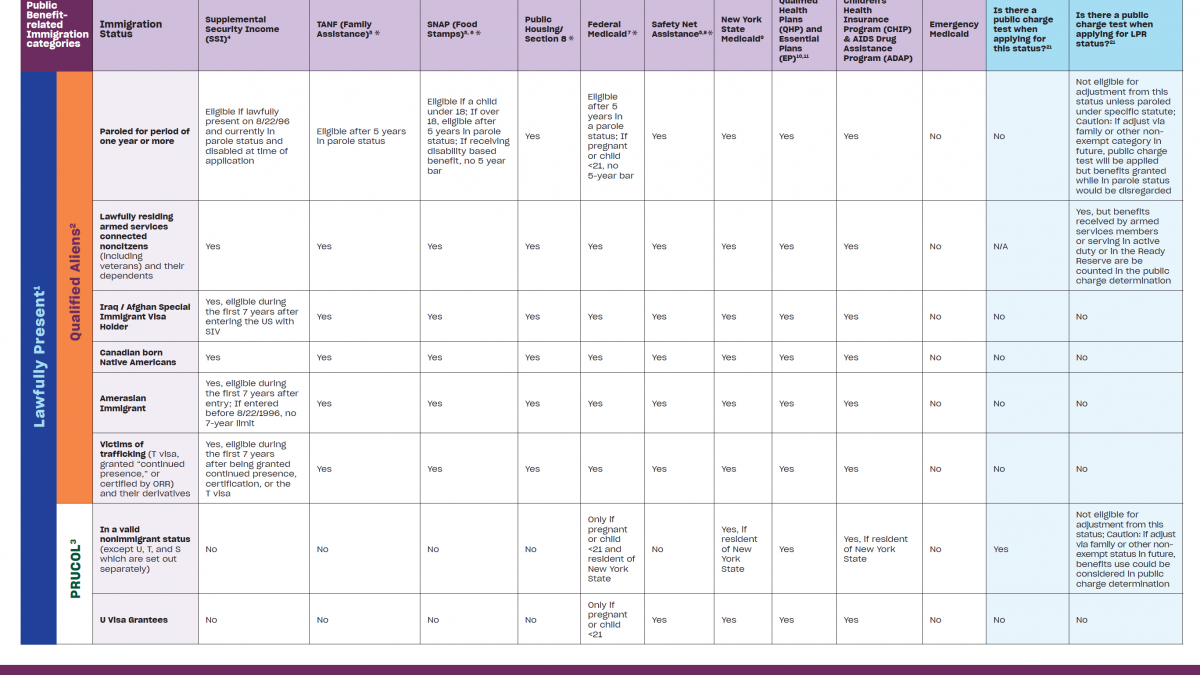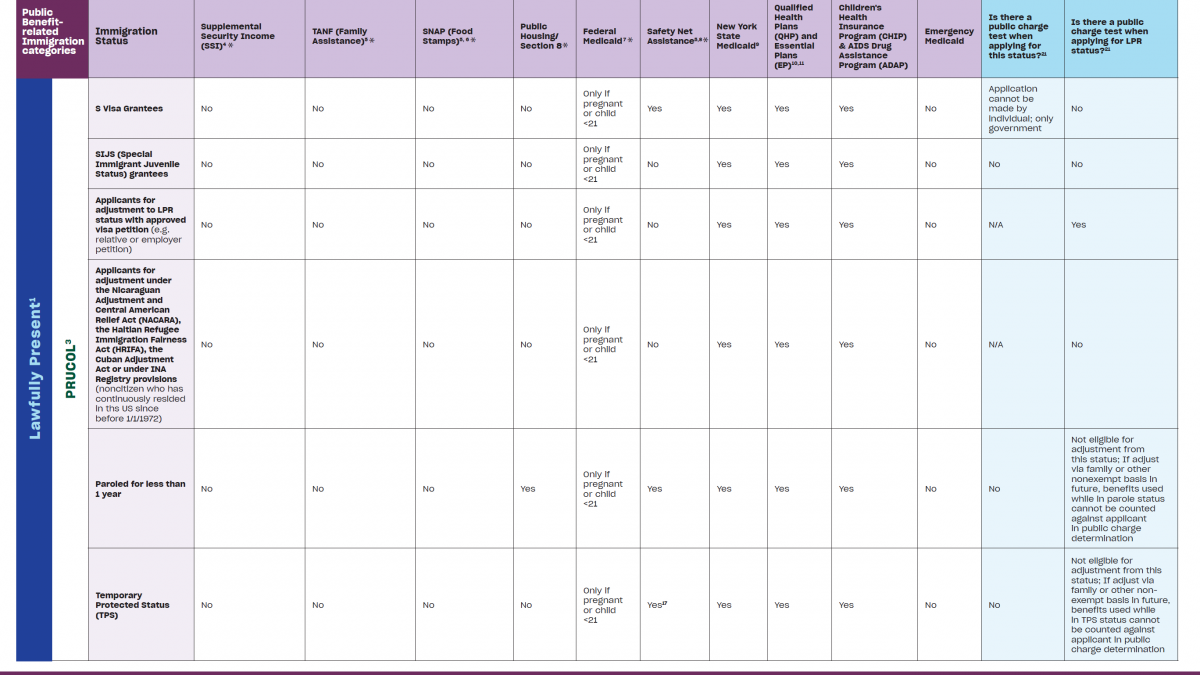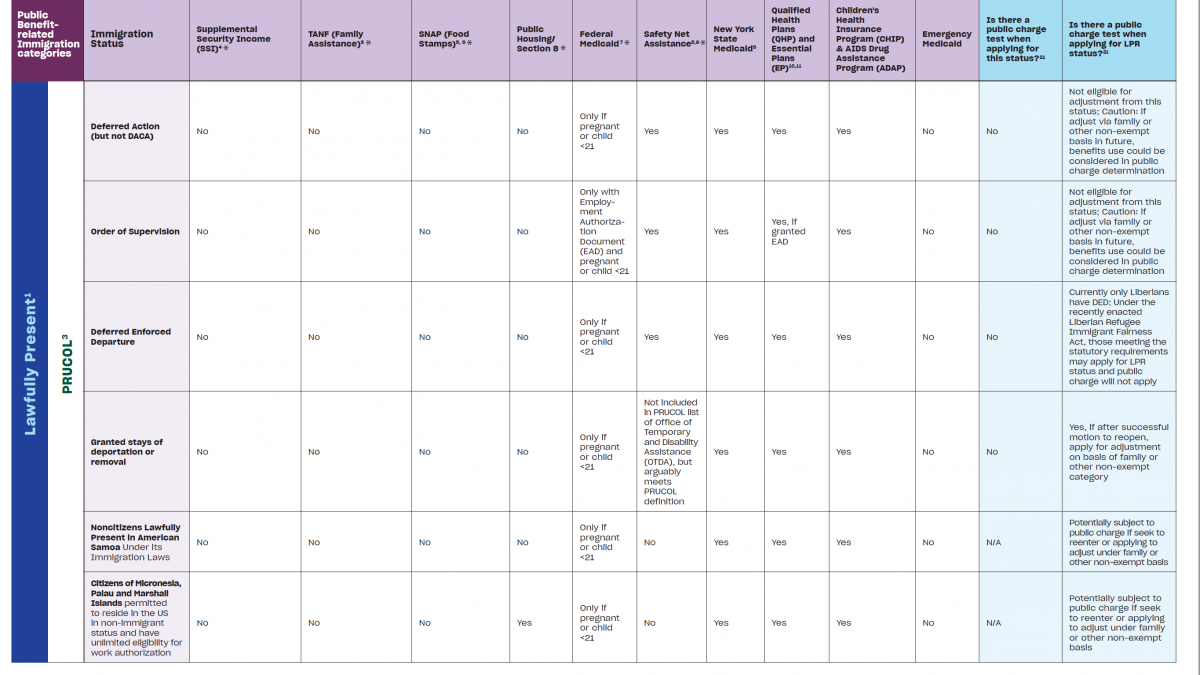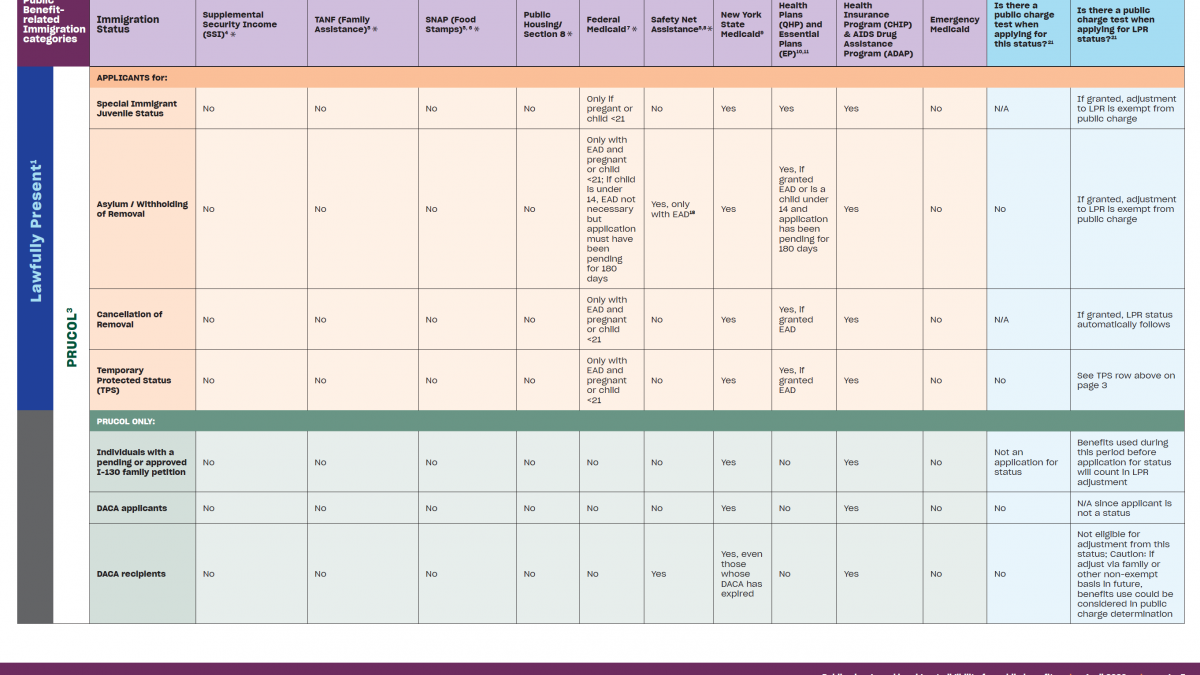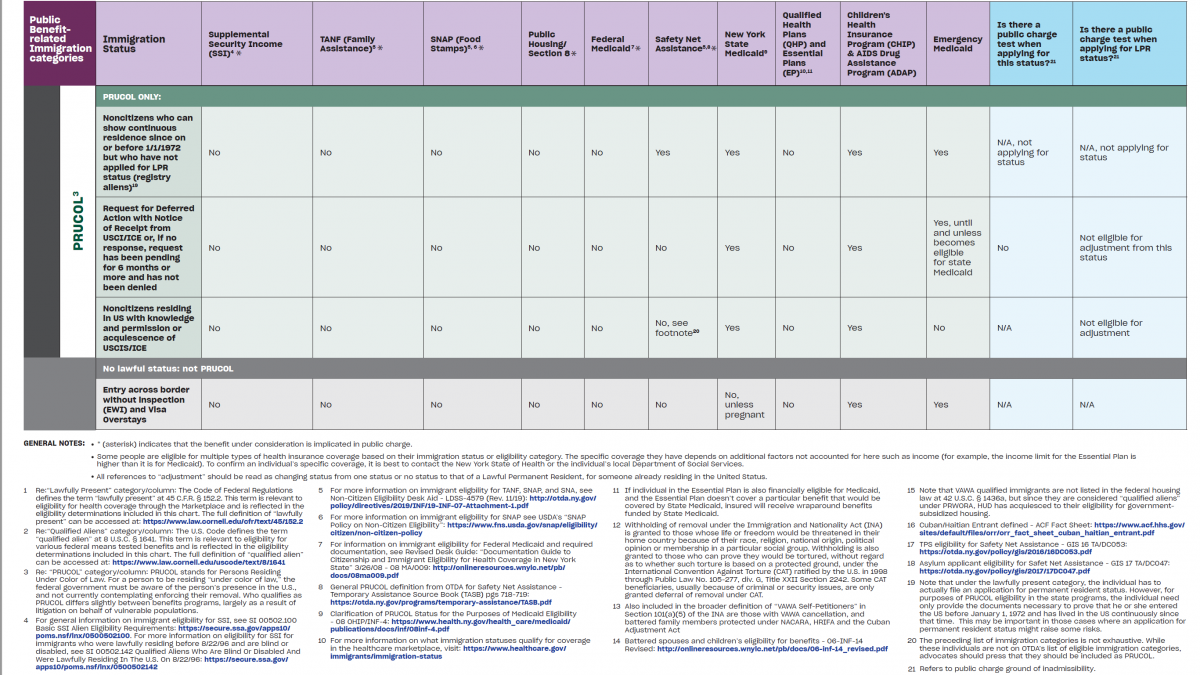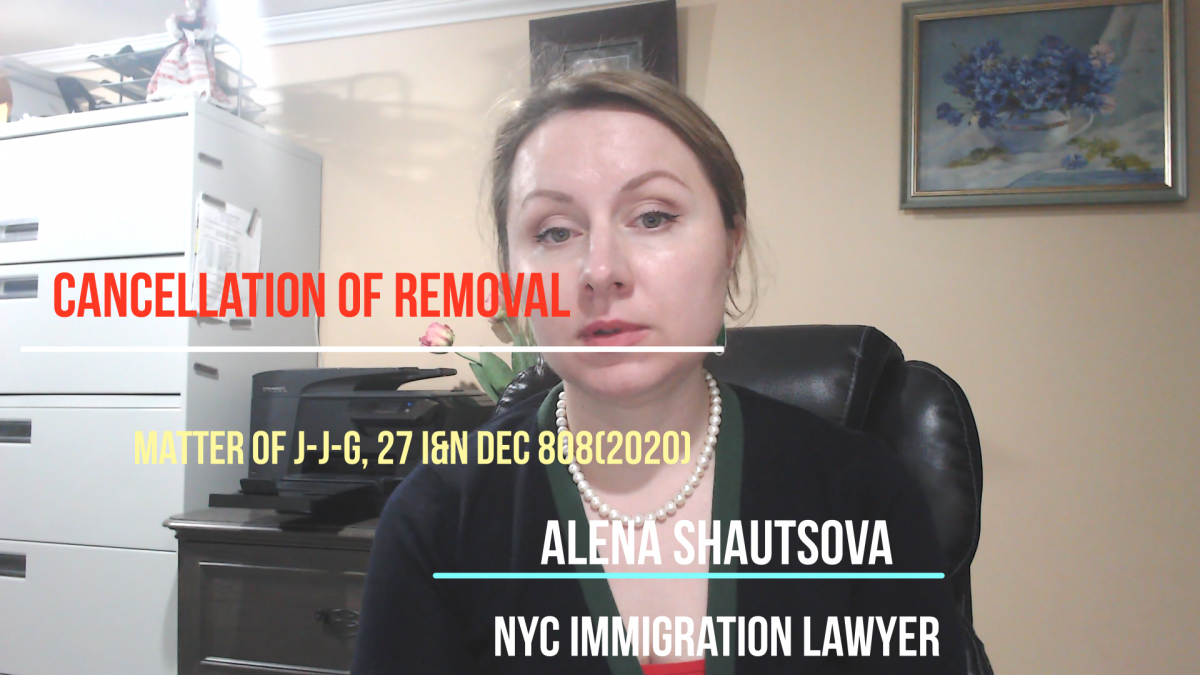
Border security, backlogged courts and the political divide over immigration
Author: New York Immigration Lawyer Alena Shautsova
Since the end of the fiscal year 2021, the number of people who stopped trying to cross the southwest of the United States border has not gone down. People fleeing the consequences of the failed governments in their home countries, climate change and aggressive and uncontrollable gangs. The Trump administration tried to stop the migration by proposing to build a physical barrier and involving Title 42- legal barrier to immigration. The Biden administration rejected the idea of a physical barrier, but continued with the legal barrier, trying to find solutions that would be acceptable for both democrats and republicans. It happened that the “border security” argument became the main point of discussion when both sides are trying to address the much needed immigration reform in the United States.
Undocumented non-citizens
Thousands of undocumented immigrants live in the U.S. Many entered the United States without inspection through the “border”, many overstayed their visas but initially entered “legally”. Some were ordered deported or removed on paper but have never been physically removed from the United States. The issue becomes not only an administrative law issue, but an issue of Human Rights: because of the years- long delays in the processing of the migrants’ cases, undocumented non-citizens often develop deep social and economic ties with the United States, and their physical removal can occur decades after their initial entry becomes more akin to criminal punishment in its consequences rather than administrative citation. When addressing the “security” at the border, one can successfully argue that a physical barrier, can slow down the migration to some extent, but will not and cannot resolve the problem. The problem of global migration can be resolved only through an effective processing system of the non-citizens, and creation of favorable conditions in their home countries, where the need to move and uproot your family would not exist in the first place.
These are hard goals to accomplish, as they require talent, resources, effective management, and dedication. One would have to carefully balance the due process rights of non-citizens, human rights laws, and government interests in establishing procedures that would be effective and fair. We can all remember draconian measures of Trump administration where children, sometimes, only months-old young, were separated at the border from their parents, many of those children were never united with their parents ever again. https://www.nytimes.com/2020/10/21/us/migrant-children-separated.html. At the same time, Biden’s administration’s policy to allow non-citizens to entered the United States and then wait for months for their Notices to appear in court, also is not a good solution: the persons were placed in a limbo status where the document that has to initiate the court proceedings against them in a court would not be filed with the court for months and months, preventing persons to present their cases and obtain relief for those who qualify. It seems such a policy was installed to allow the courts to artificially reduce the amount of pending cases, reporting a smaller backlog… But it is obvious that without hiring more Immigration judges, border security personnel, and asylum officers, the backlog will not and cannot be eliminated. Cases of non-citizens require human review, they cannot be rubber-stamped by a computer, and human review requires humans, it means MORE personnel. The questions become ones of resources rather than morals.
Why There is No Immigration Reform?
Many can remember promises Biden made during the elections… the US Citizenship Act of 2021 sounded too good to be true… and of course, it never, to date materialized. But why? The obvious answer would be that the parties cannot agree on the terms of the proposals. But if you read the proposals from both sides, at times, they are not so different. So, what is really in the way of passing Immigration reform? Some say it is an issue of border security… However, it is obvious that the “border security” is only one side of the many-sided shape of the Immigrant land shaft we are dealing with. What about people who have been in the United States for decades and paid taxes, and do not have any criminal convictions. Still, even for those people, who are essential workers, TPS holders, seasonal farmers or DACA holders still, there is no relief…. At the time, the Congress can approve in a matter of hours spending bills and surpass any relief necessary to let’s say small businesses in the United States. The logical answer to this question is that neither side wants to pass a bill that would solve an immigration issue in the United States. Perhaps, some believe that administrative violators should not be awarded, some cite economic consequences and labor market collapse in case migrants who are already in the United States, are employed and will receive an official authorization to work and pay taxes… (does not make any sense, but the argument still pops up). Perhaps, the true reason would be that the situation is comfortable for those who have never felt the burden of being a reject, a “half” citizen, who works for people with voting rights and serves them well, but those with the power to change their fellow-non-documented residents fate are reluctant to do so in fear of losing some advantages…
So if this is the true answer, do you believe that a true, comprehensive reform is ever possible? What has to change for it to happen? The author believes that it is possible, but only when the need for it will outweigh the benefits of non-action. Without advocacy, true dedication to reform the society, implement innovations, and spend money on internal issues, the Immigration reform will not happen. Underfunded courts cannot be effective. USCIS, Asylum and border security personnel need salaries and training. Perhaps, the root of the issues lies in the constant ignoring of needs in the administrative sector on a Federal and local level.





